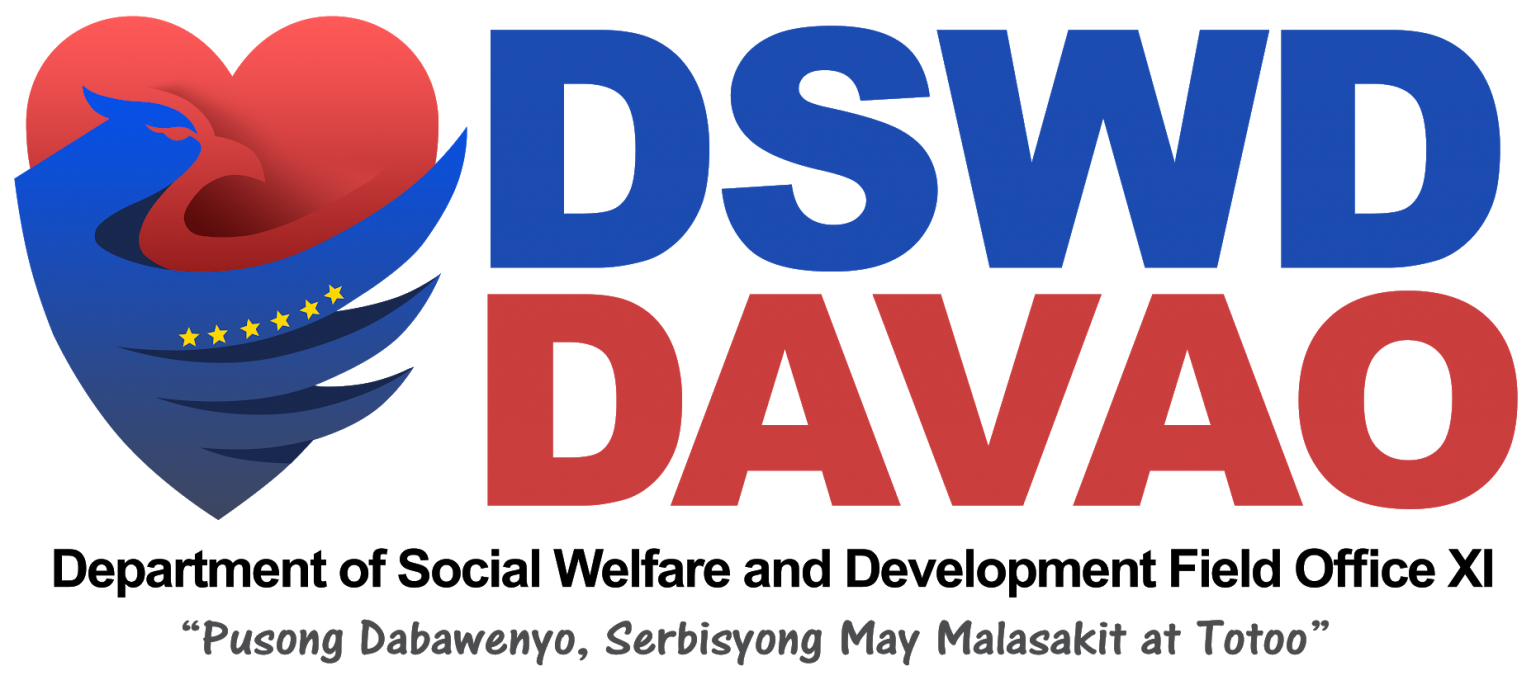Bottom row, from L-R Congresswoman Maria Carmen Zamora, Kalahi-CIDSS National Project Manager Edgar Pato, ComVal Governor Arturo Uy, and DILG Undersecretary Francisco Fernandez sign the Memorandum of Agreement.
The provincial local government unit (PLGU) of Compostela Valley recently signed a Memorandum of Agreement (MOA) with the Department of Social Welfare and Development (DSWD) and the Department of the Interior and Local Government (DILG) for the pilot testing of the enhancement of Kapit-Bisig Laban sa Kahirapan-Comprehensive and Integrated Delivery of Social Services (Kalahi-CIDSS) at the provincial level.
According to Director Pato, Compostela Valley was chosen as one of the three pilot sites because of its active participation in the implementation of Kalahi-CIDSS, by providing PhP 4.29 M counterpart fund since 2011.
The PLGU also developed the Assistance Towards Unity for Progress thru Empowerment, Accountability, Cooperation, and Efficiency (ATU-PEACE) initiative, which was patterned after Kalahi-CIDSS and also uses the community-driven development (CDD) as a strategy in poverty alleviation.
CDD is a poverty alleviation strategy which gives citizens the power and the responsibility to analyze and address local issues that impede their development through participatory decision-making. It is the principal strategy of Kalahi-CIDSS, one of the three core programs under the DSWD, alongside the Pantawid Pamilyang Pilipino Program (Pantawid) and the Sustainable Livelihood Program (SLP).
“Here truly lies the heart of community empowerment; communities are part of the project every step of the way,” said Director Pato, describing the strategy of Kalahi-CIDSS. “We are helping communities help themselves move toward development,” he added.
Director Pato also discussed the National Community Driven-Development Program (NCDDP), the scaling up of Kalahi-CIDSS into a nationwide strategy for poverty alleviation. He explained that the NCDDP will be three times the coverage of Kalahi-CIDSS and will be geared toward development at both the local and national levels. However, he cautioned that there should be tighter relationship between the DSWD and the LGUs to effectively implement the program. “The successful execution of NCDDP calls for an increased focus on governance,” he said.
This was supported by Undersecretary Fernandez, who said that the National Government should pay close attention to its poverty-alleviation programs by facilitating collaboration between the different national government agencies and the LGUs. He narrated a discussion with President Benigno Aquino III where they discussed how they can make the economic growth of the Philippines inclusive to everyone. “Dapat walang iwanan [No one should be left behind],” he said. “Pobre man ngayon, pero dapat hindi mamamatay na pobre [Poor people need not die still poor],” he added.
For his part, Governor Uy is thankful for the inclusion of Compostela Valley as one of the chosen sites for the engagement. “Compostela Valley is honored and fortunate as one of the three provinces chosen to be the pilot areas,” he said.
Governor Uy also praised the CDD strategy of Kalahi-CIDSS, saying that the project’s focus on improving governance was actually one of the reasons why he adopted the system in ATU-PEACE. Describing his early years in government as an “eye opener”, he narrated how he saw for himself how difficult it was for the communities to be excluded in deciding what projects will be implemented in their areas.
The arrival of Kalahi-CIDSS in Compostela Valley provided the vehicle for Governor Uy to initiate change in the province. “I saw the importance of participation in governance,” he said. The pilot study, according to Governor Uy, will help in the development of transparency, unity, and good governance. He reiterated the importance of working together with various agencies such as the DSWD and the DILG to push for development. “With constant partnership, better lives with Comvaleños will not be too far ahead,” Governor Uy ended. DSWD






